Iran unveils new 1,700km-range ballistic missile
Iran also unveils three new satellites, including Navak and upgraded Pars-1 and Pars-2, at Tehran ceremony
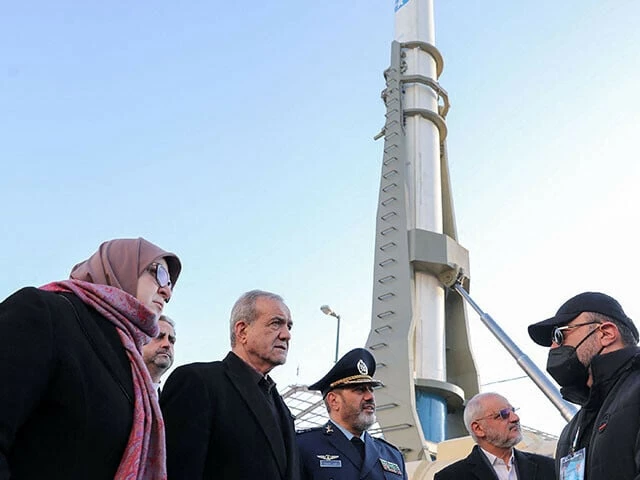
TEHRAN – Iran has unveiled a new ballistic missile, named Etemad (“trust” in Persian), capable of traveling 1,700 kilometers, state media announced on Sunday.
The missile was revealed at a ceremony in Tehran attended by President Masoud Pezeshkian, marking a significant development in Iran’s growing missile program.
State television broadcast images of Etemad, calling it “the most recent ballistic missile” developed by the Iranian defense ministry. Its range brings key regional adversaries, including Israel, within striking distance, further fueling Western concerns over Tehran’s military advancements.
Western nations have long accused Iran of destabilizing the Middle East through its ballistic missile program. In 2023, Iran launched missile strikes on Israel amid the wider Gaza conflict, demonstrating its military reach. Addressing these concerns, Pezeshkian defended Iran’s missile program, stating, “The development of defense capabilities and space technologies … aims to ensure that no country dares to attack Iranian territory.”
Alongside Etemad, Iran also unveiled three domestically produced satellites, including Navak, a 34-kilogram communications satellite, and upgraded versions of the Pars-1 and Pars-2 imaging satellites. These are designed for environmental monitoring, emergency response, and urban management, according to state news agency IRNA.
A day prior, Iran introduced a new cruise missile, the Ghadr-380, which boasts anti-jamming capabilities and a range exceeding 1,000 kilometers, further enhancing the country’s military arsenal.
The unveiling comes amid heightened tensions with the United States, particularly following the return of President Donald Trump, who previously enforced a “maximum pressure” campaign against Tehran. Since then, Iran has intensified military exercises, showcased underground bases, and bolstered its weapons development.
Despite its military advancements, Tehran has also expressed willingness to reopen negotiations over its nuclear program, a long-standing point of contention with Western powers.
Iran’s missile and defense industry has grown significantly since the 1979 Islamic Revolution, following US sanctions and an arms embargo that forced the country to develop its own weaponry. Once reliant on American military equipment, Iran now possesses a formidable arsenal of missiles, drones, and air defense systems—solidifying its strategic position in the region.
With the unveiling of Etemad and other military advancements, Iran continues to assert its defense capabilities, while geopolitical tensions in the Middle East remain at a boiling point.


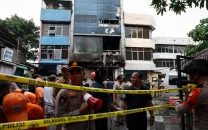

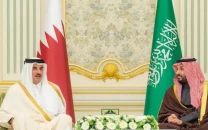




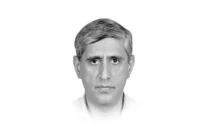
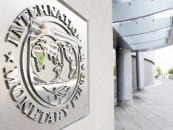
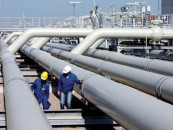


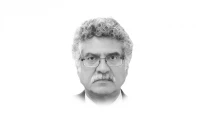




COMMENTS
Comments are moderated and generally will be posted if they are on-topic and not abusive.
For more information, please see our Comments FAQ